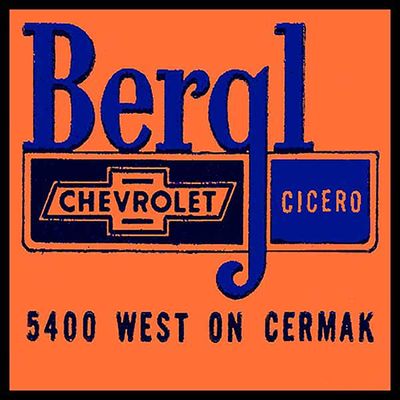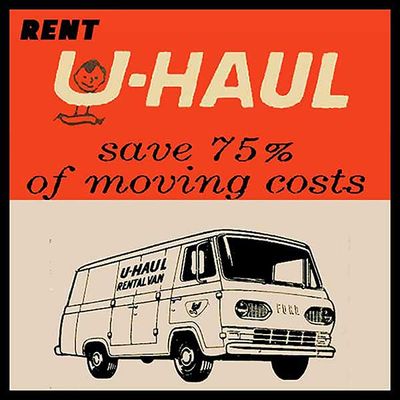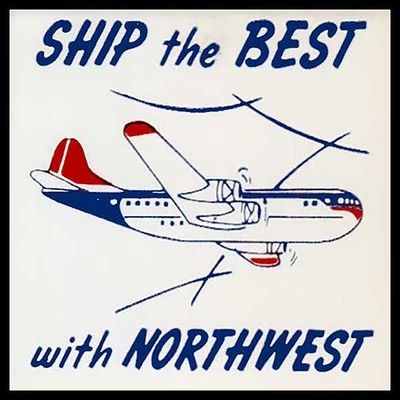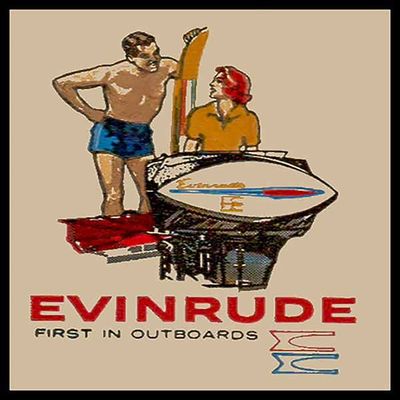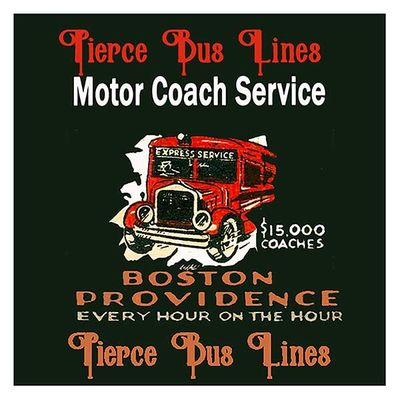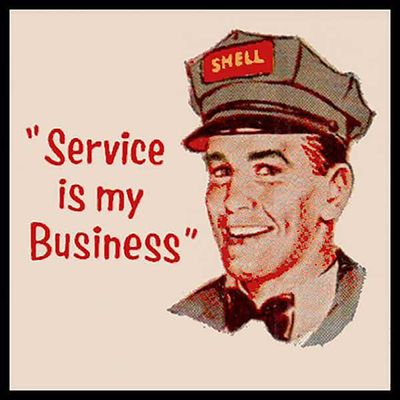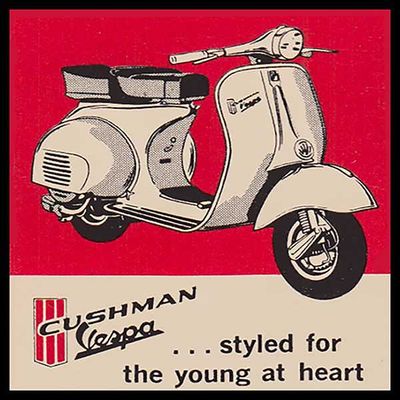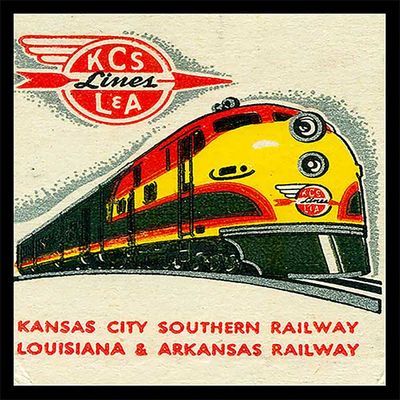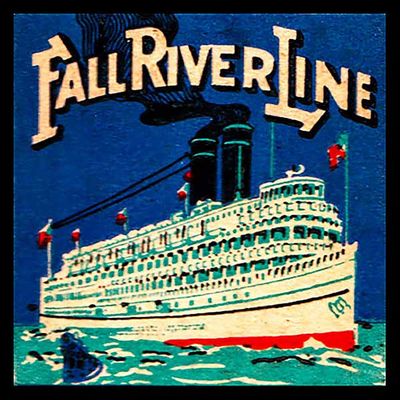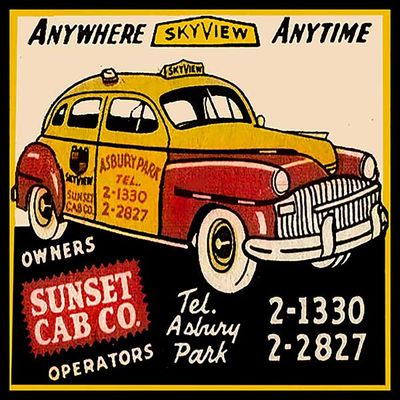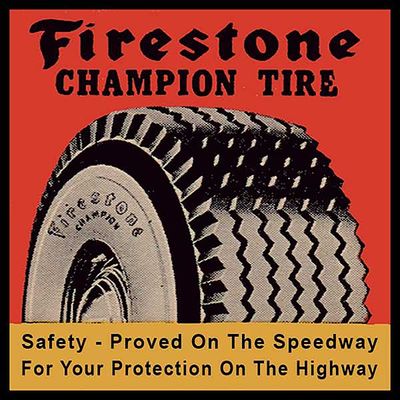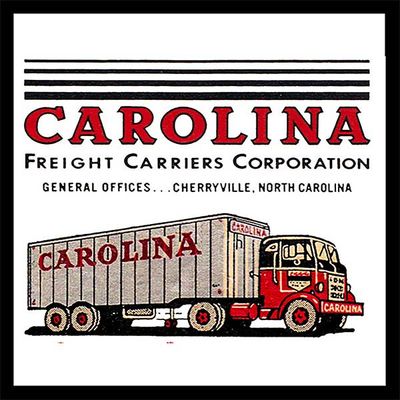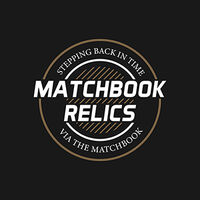Transportation
On the Move: How the Transportation Industry Utilized Vintage Matchbooks for Promotion
In the mid-20th century, matchbooks were more than just practical items for lighting cigarettes—they were miniature billboards used for advertising across various industries. One of the most ingenious uses of matchbooks was seen in the transportation industry. From airlines and railroads to bus companies and car manufacturers, transportation businesses leveraged the ubiquitous matchbook to promote their services and connect with customers. This article explores how the transportation industry utilized vintage matchbooks as a key marketing tool to enhance brand visibility, attract customers, and build loyalty.
Airlines: Taking to the Skies with Style
During the golden age of air travel, airlines used matchbooks to convey the glamour and excitement of flying. Matchbooks distributed by airlines featured striking images of aircraft, elegant flight attendants, and iconic destinations. Slogans like "Fly the Friendly Skies" or "Your Gateway to the World" captured the allure of air travel. These matchbooks were handed out at travel agencies, hotels, airports, and onboard flights, ensuring they reached a wide audience. By using matchbooks, airlines not only promoted their routes and services but also reinforced their brand identity and the luxurious experience of flying.
Railroads: Romanticizing Rail Travel
Railroad companies were among the earliest adopters of matchbook advertising. Matchbooks distributed by railroads often depicted majestic locomotives, scenic routes, and comfortable passenger cars. Slogans like "Ride the Rails in Comfort" or "See America by Train" evoked the romance and adventure of rail travel. These matchbooks were available at train stations, travel agencies, and tourist centers, promoting both passenger and freight services. By highlighting the convenience, safety, and scenic beauty of rail travel, these matchbooks played a crucial role in attracting passengers and building a loyal customer base.
Bus Companies: Connecting Communities
Bus companies used matchbooks to promote their extensive networks and affordable travel options. Matchbooks featured images of sleek buses, happy passengers, and key destinations, accompanied by slogans like "Go Greyhound and Leave the Driving to Us" or "Travel Smart, Travel by Bus." Distributed at bus terminals, ticket offices, and local businesses, these matchbooks helped raise awareness of bus routes and schedules. By emphasizing the ease and accessibility of bus travel, companies aimed to attract a broad demographic, from daily commuters to vacation travelers.
Automobile Manufacturers: Driving Innovation
Car manufacturers leveraged matchbooks to showcase their latest models and innovations. Matchbooks distributed by auto companies often featured images of stylish cars, key specifications, and slogans like "Drive the Future" or "Experience the Thrill." These matchbooks were handed out at dealerships, auto shows, service stations, and repair shops. They served as a constant reminder of the brand’s presence and the appeal of owning a new car. By providing practical information alongside attractive imagery, car manufacturers used matchbooks to spark interest and drive sales.
Shipping and Freight: Ensuring Reliability
Shipping and freight companies used matchbooks to emphasize their reliability and efficiency. Matchbooks featured images of cargo ships, delivery trucks, and logistical operations, along with slogans like "On Time, Every Time" or "Your Trusted Shipping Partner." Distributed at ports, logistics centers, and trade shows, these matchbooks aimed to build trust with businesses and individuals relying on their services. By highlighting their capabilities and commitment to customer satisfaction, shipping companies reinforced their brand reputation and attracted new clients.
Public Transit: Promoting Urban Mobility
Public transit systems, including subways, trams, and buses, also utilized matchbooks to promote urban mobility. Matchbooks distributed by transit authorities featured maps, schedules, and images of modern transit vehicles. Slogans like "Move with the City" or "Efficient, Reliable, Convenient" emphasized the benefits of public transportation. These matchbooks were available at ticket booths, tourist information centers, and local businesses, encouraging residents and visitors to use public transit. By providing essential information in a compact form, these matchbooks made navigating the city easier and more appealing.
Legacy and Collectibility
Today, vintage transportation matchbooks are treasured collectibles that offer a glimpse into the history of advertising and the transportation industry. They reflect the creativity and strategic thinking of marketers who used these small but impactful items to connect with customers and build brand loyalty. Collectors value these matchbooks for their artistic designs, historical significance, and the stories they tell about the evolution of travel and transportation.
Conclusion
The transportation industry’s use of vintage matchbooks was a strategic and effective marketing approach that capitalized on the practicality and broad reach of these everyday items. From airlines and railroads to bus companies and car manufacturers, transportation businesses used matchbooks to enhance brand visibility, attract customers, and build loyalty. These miniature billboards played a crucial role in promoting the convenience, excitement, and reliability of various modes of transportation, leaving a lasting legacy in the world of advertising. Today, vintage matchbooks serve as nostalgic reminders of a bygone era when the simple act of striking a match could ignite a journey.
